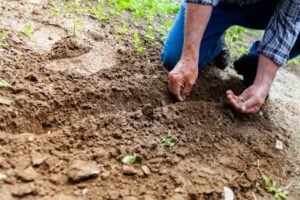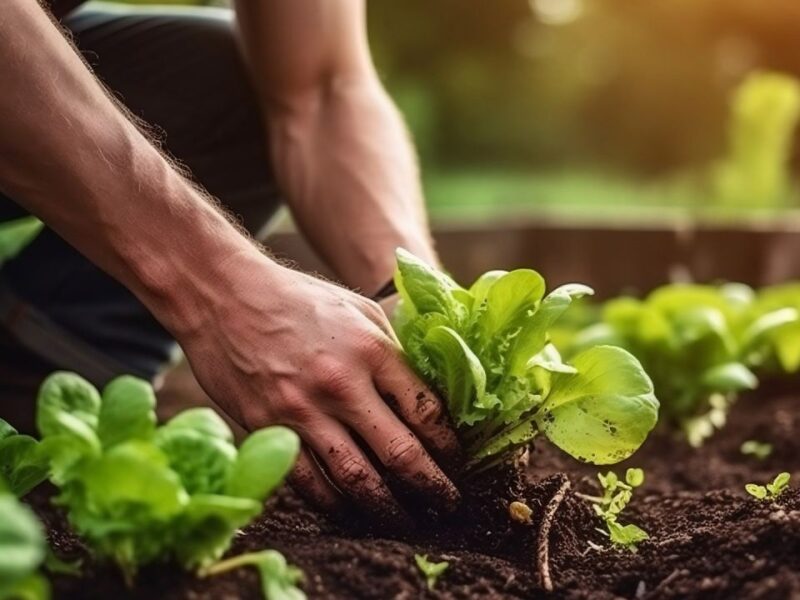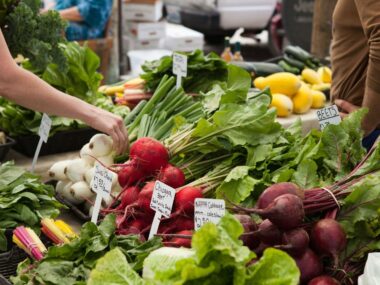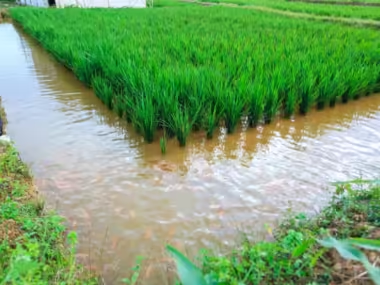Sustainable farming practices are critical for maintaining the long-term productivity and health of agricultural systems. By implementing methods that preserve resources, protect the environment, and ensure economic viability, farmers can achieve a balance between immediate production needs and future sustainability.

Crop Rotation
Crop rotation involves growing different types of crops in the same area across different seasons or years. This practice helps break pest and disease cycles, improves soil structure, and enhances nutrient cycling. For example, alternating nitrogen-fixing legumes with nitrogen-demanding cereals can naturally replenish soil fertility.
Cover Cropping
Cover crops, such as clover, rye, or vetch, are planted during off-seasons when main crops are not being grown. They protect the soil from erosion, suppress weeds, and improve soil health by adding organic matter. Cover crops can also fix atmospheric nitrogen, reducing the need for synthetic fertilizers.
Integrated Pest Management (IPM)
IPM combines biological, cultural, physical, and chemical tools to manage pests in an economically and ecologically sound manner. Techniques include using natural predators, crop rotation, and targeted pesticide application, reducing reliance on chemical controls and minimizing environmental impact.
Organic Farming
Organic farming avoids synthetic inputs such as pesticides and fertilizers, relying instead on natural processes and materials. Techniques include composting, green manuring, and biological pest control. Organic farming enhances biodiversity, improves soil health, and reduces pollution.
Conservation Tillage
Conservation tillage minimizes soil disturbance, preserving soil structure and organic matter. Methods like no-till or reduced-till farming help prevent erosion, increase water retention, and sequester carbon in the soil. This practice can also save fuel and labor costs.
Agroforestry
Agroforestry integrates trees and shrubs into crop and livestock systems. This practice can enhance biodiversity, improve water management, and provide additional income sources through timber, fruits, and nuts. Trees also act as windbreaks, reducing soil erosion and protecting crops.
Efficient Water Management
Water conservation techniques such as drip irrigation, rainwater harvesting, and the use of drought-resistant crop varieties help optimize water use. These methods ensure that water resources are used efficiently, reducing waste and maintaining productivity during dry periods.
Soil Health Management
Maintaining soil health is fundamental to sustainable farming. Practices include regular soil testing, appropriate fertilization, and the use of organic amendments like compost. Healthy soils enhance crop resilience, improve nutrient availability, and support beneficial soil microorganisms.
Renewable Energy Integration
Utilizing renewable energy sources such as solar, wind, and biomass can reduce the carbon footprint of farming operations. Renewable energy can power irrigation systems, machinery, and farm buildings, contributing to overall sustainability.
Biodiversity Enhancement
Encouraging biodiversity on the farm through polyculture, maintaining hedgerows, and creating habitats for beneficial organisms can improve ecosystem stability. Biodiverse systems are more resilient to pests and diseases, reducing the need for chemical interventions.
By adopting these sustainable farming practices, farmers can ensure the long-term productivity and health of their agricultural systems. These methods not only enhance the resilience of farms to environmental changes but also contribute to the well-being of local communities and ecosystems. Sustainable farming is not just a necessity for current agricultural success but a crucial investment in the future of farming.










